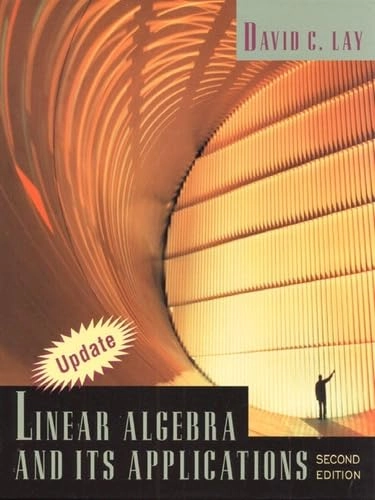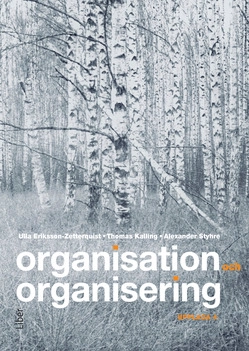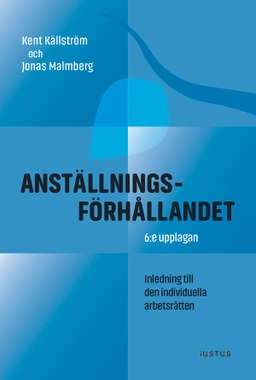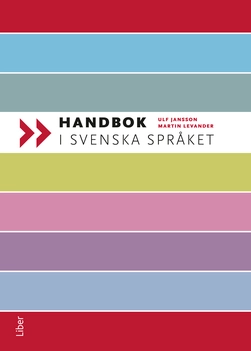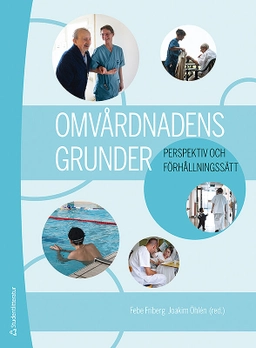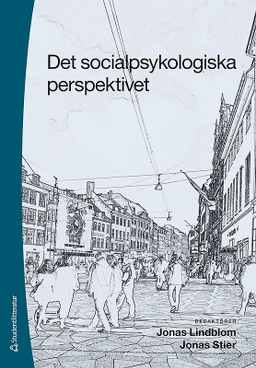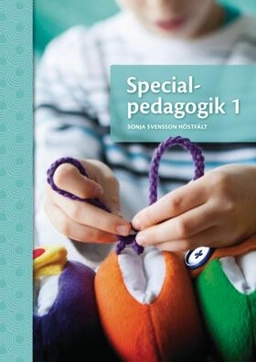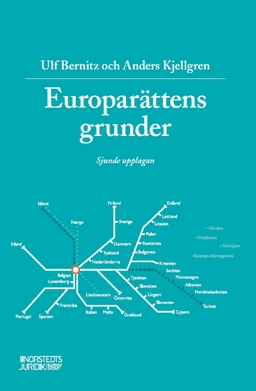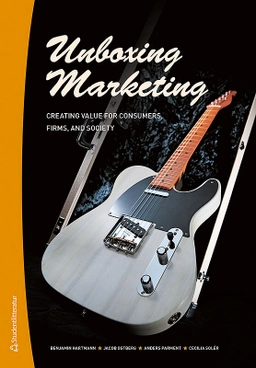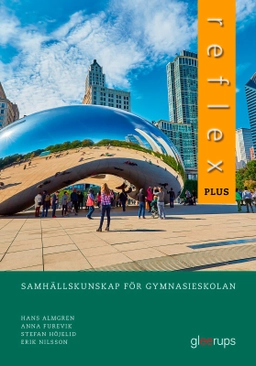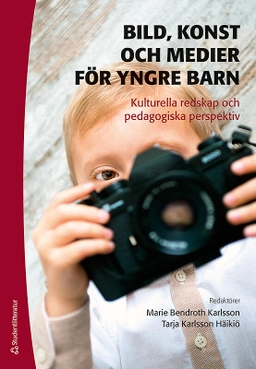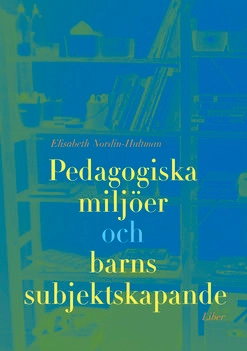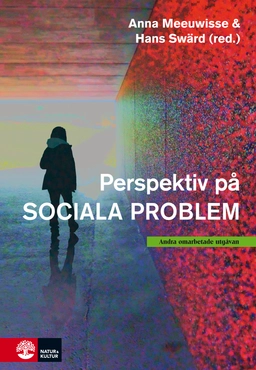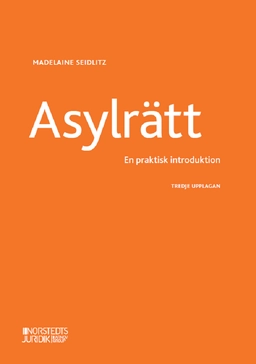Linear algebra is relatively easy for students during the early stages of the course, when the material is presented in a familiar, concrete setting. But when abstract concepts are introduced, students often hit a brick wall. Instructors seem to agree that certain concepts (such as linear independence, spanning, subspace, vector space, and linear transformations), are not easily understood, and require time to assimilate. Since they are fundamental to the study of linear algebra, students' understanding of these concepts is vital to their mastery of the subject. Lay introduces these concepts early in a familiar, concrete Rn setting, develops them gradually, and returns to them again and again throughout the text. Finally, when discussed in the abstract, these concepts are more accessible. Students' conceptual understanding is reinforced through True/False questions, practice problems, and the use of technology.David Lay changed the face of linear algebra with the execution of this philosophy, and continues his quest to improve the way linear algebra is taught with the new Updated Second Edition. With this update, he builds on this philosophy through increased visualization in the text, vastly enhanced technology support, and an extensive instructor support package. He has added additional figures to the text to help students visualize abstract concepts at key points in the course. A new dedicated CD and Website further enhance the course materials by providing additional support to help students gain command of difficult concepts. The CD, included in the back of the book, contains a wealth of new materials, with a registration coupon allowing access to a password-protected Website. These new materials are tied directly to the text, providing a comprehensive package for teaching and learning linear algebra. (Pearson)
Åtkomstkoder och digitalt tilläggsmaterial garanteras inte med begagnade böcker
